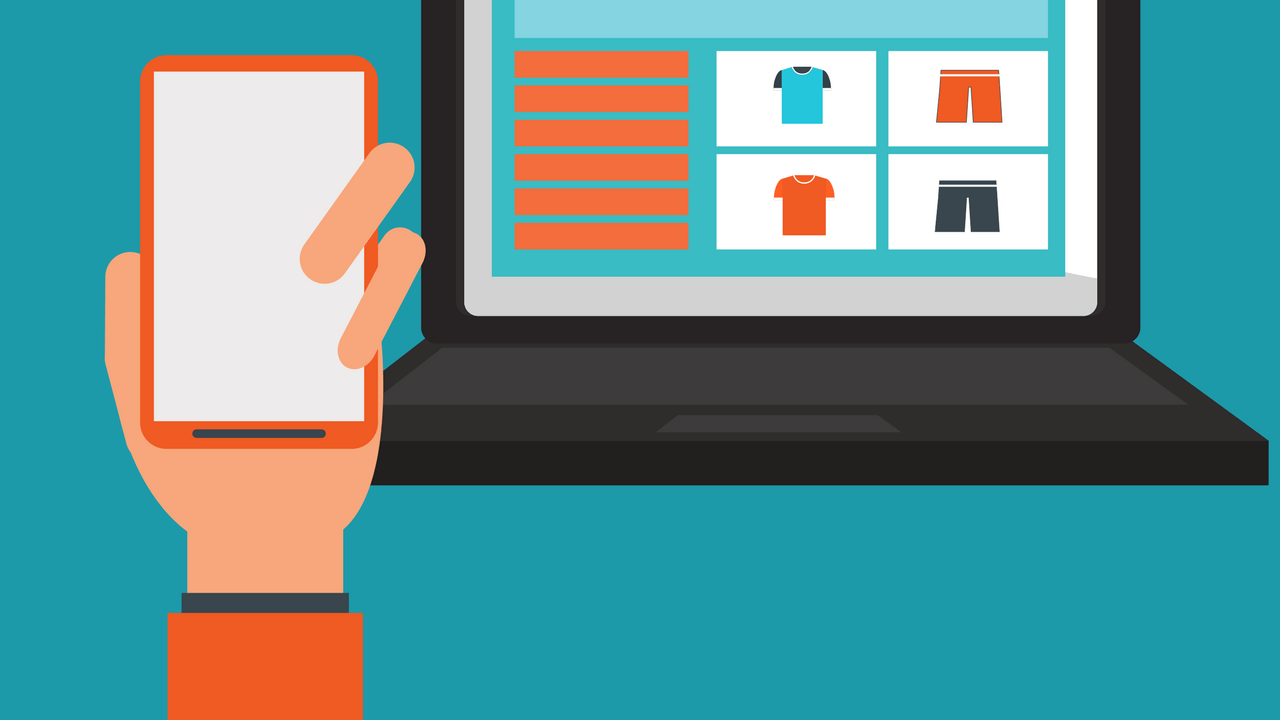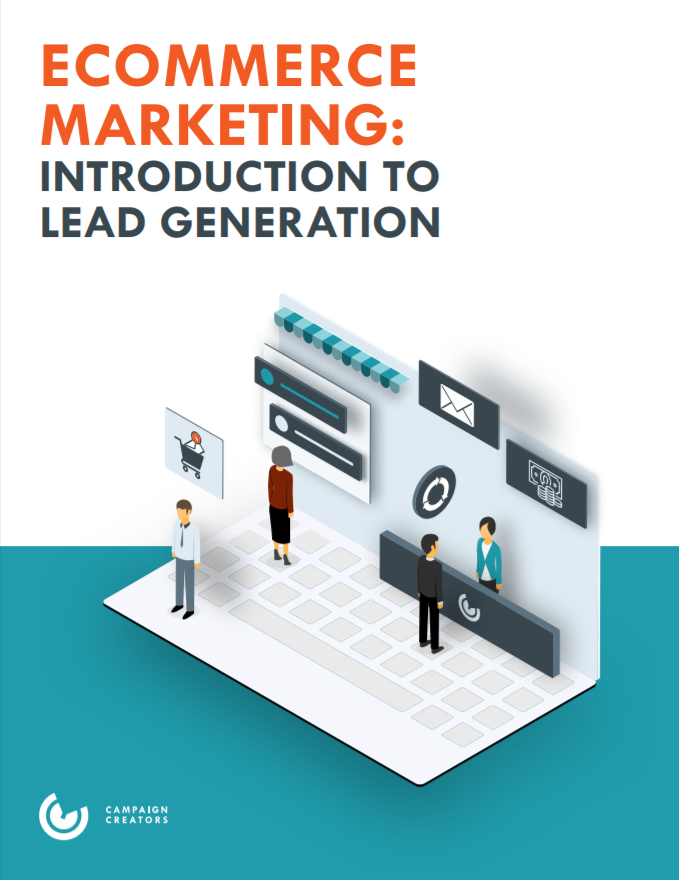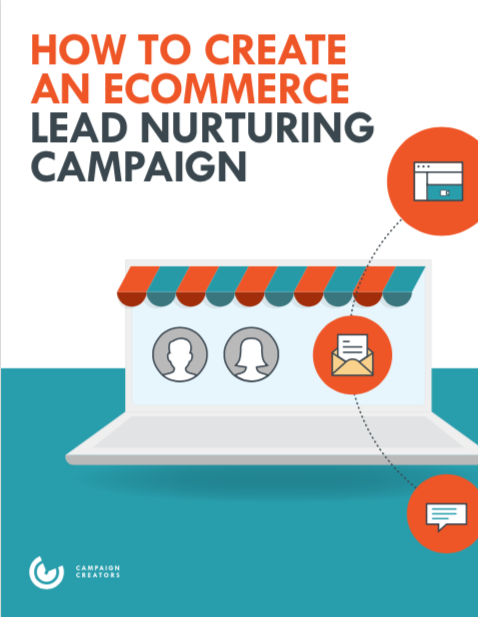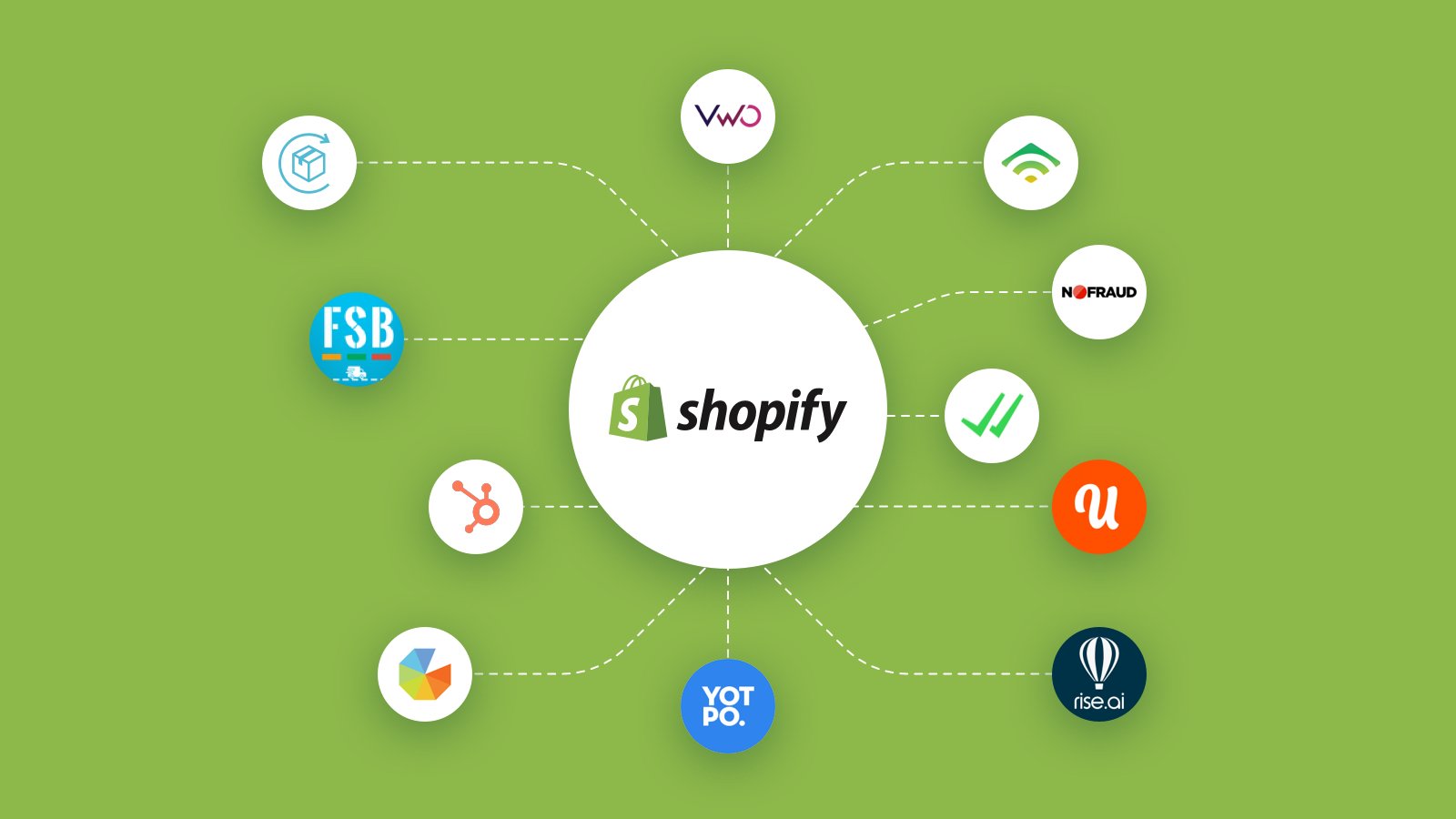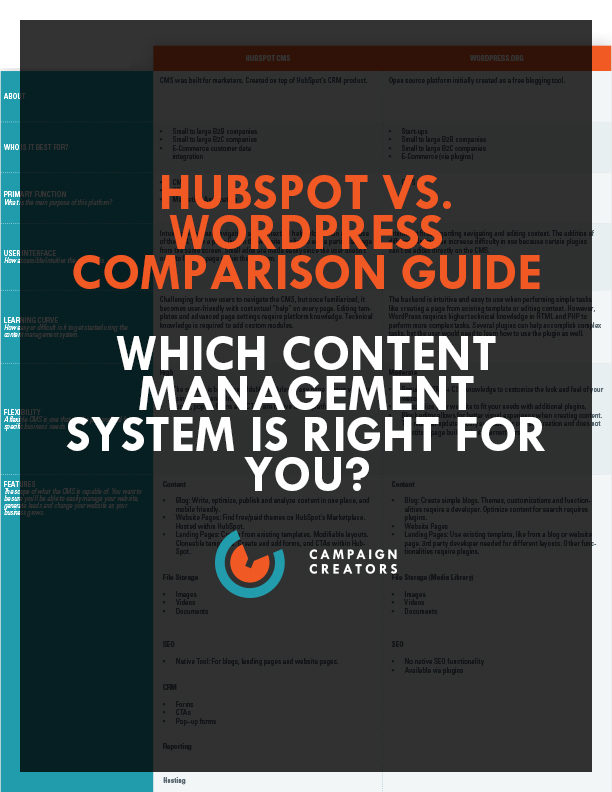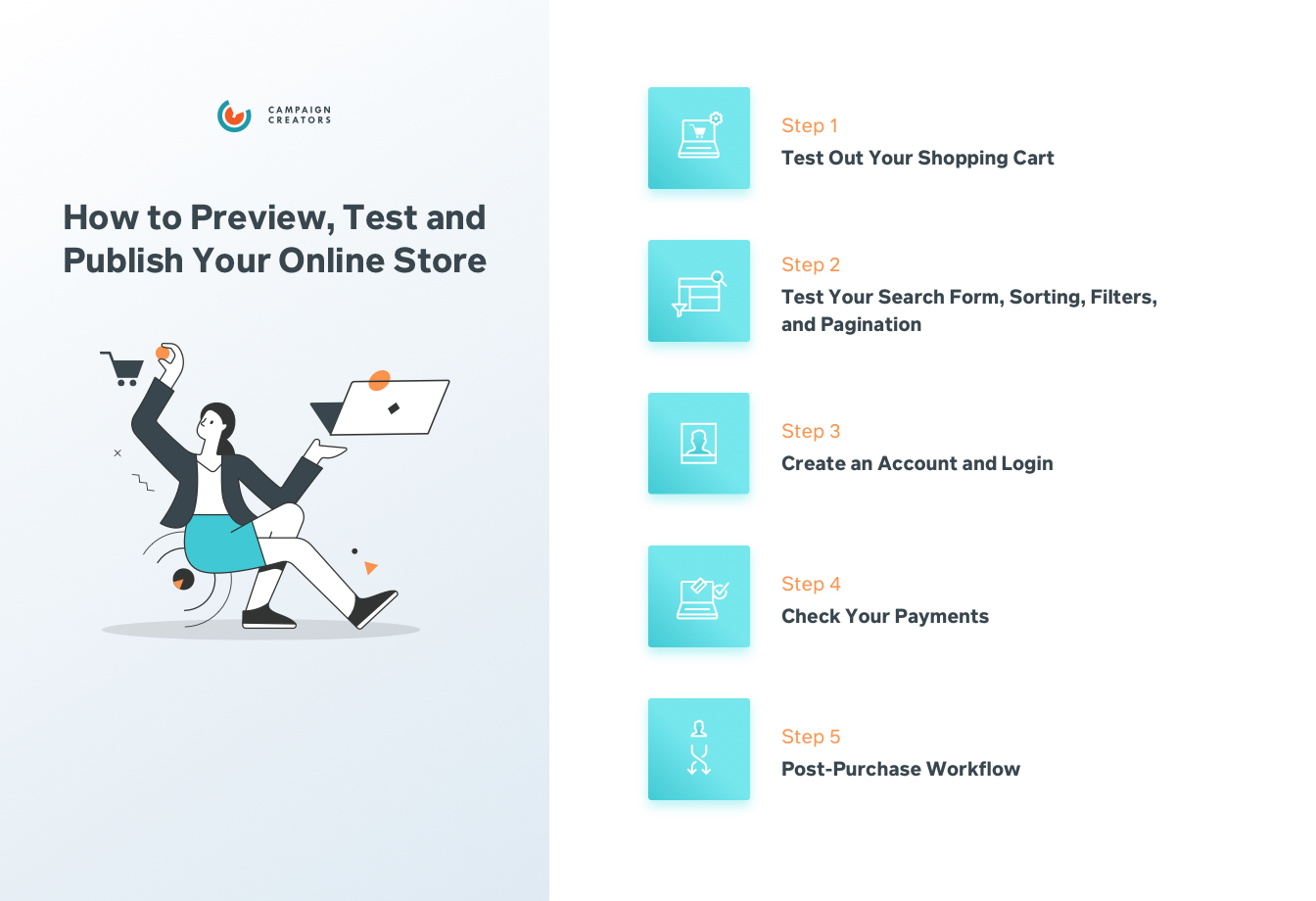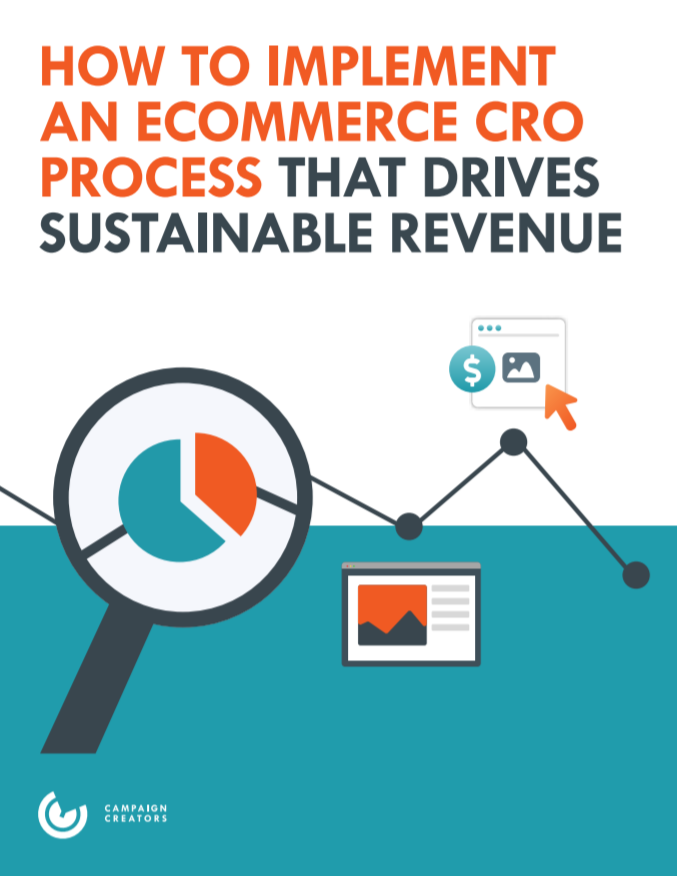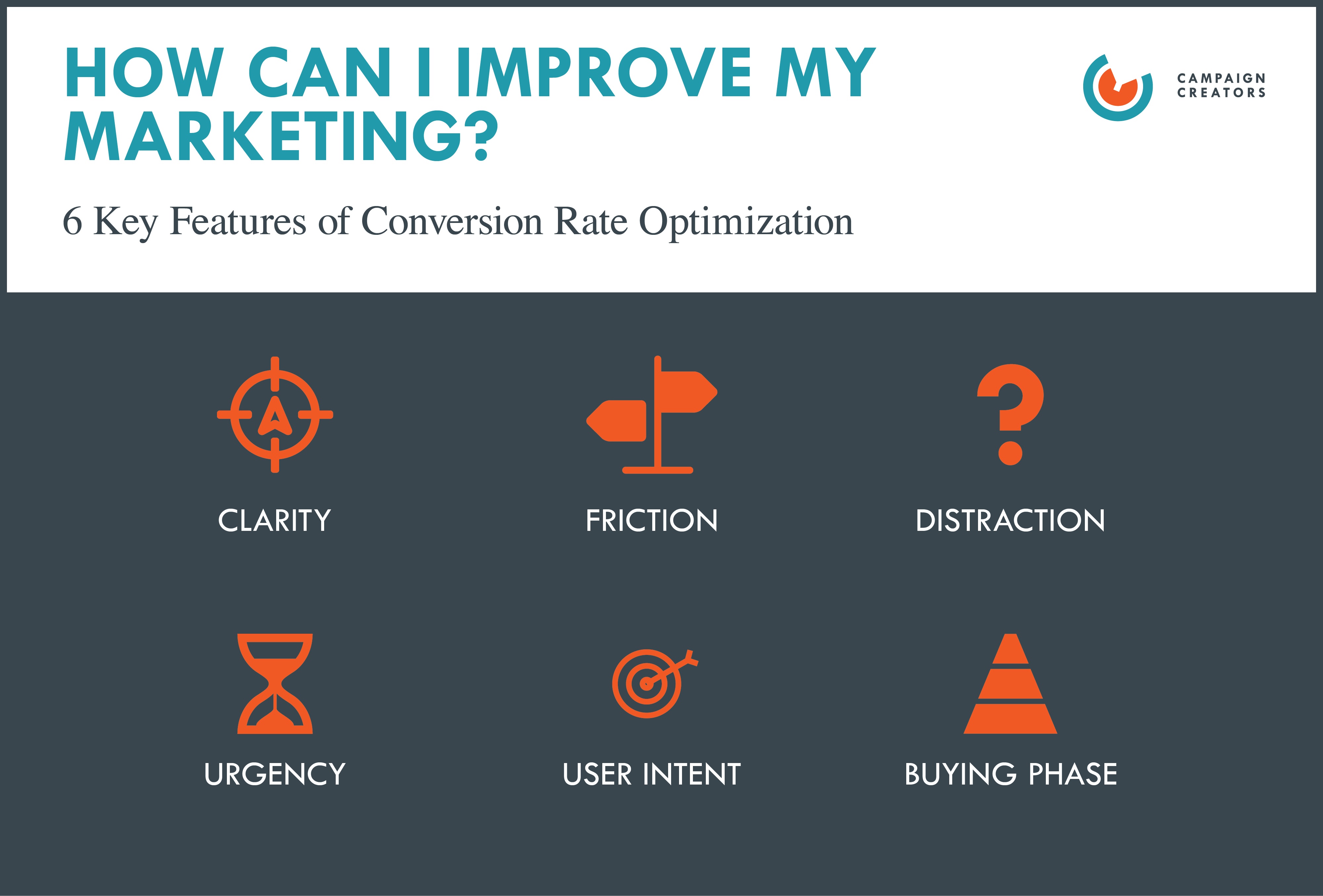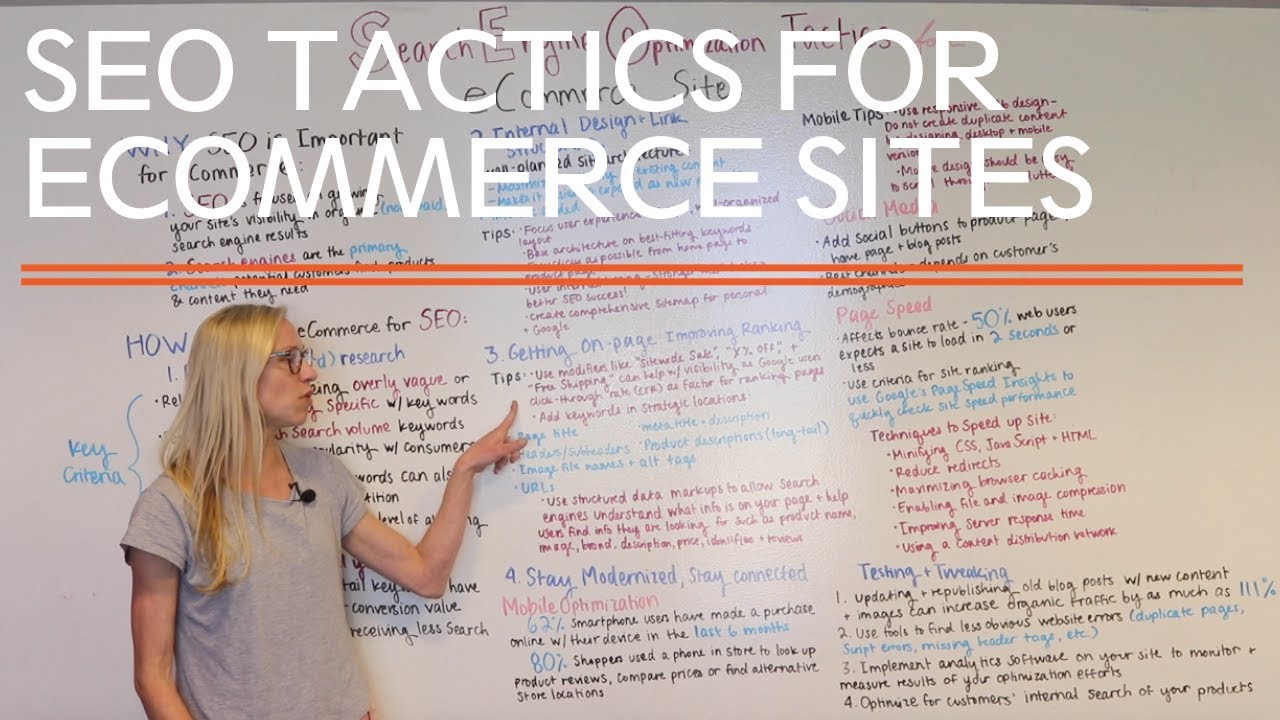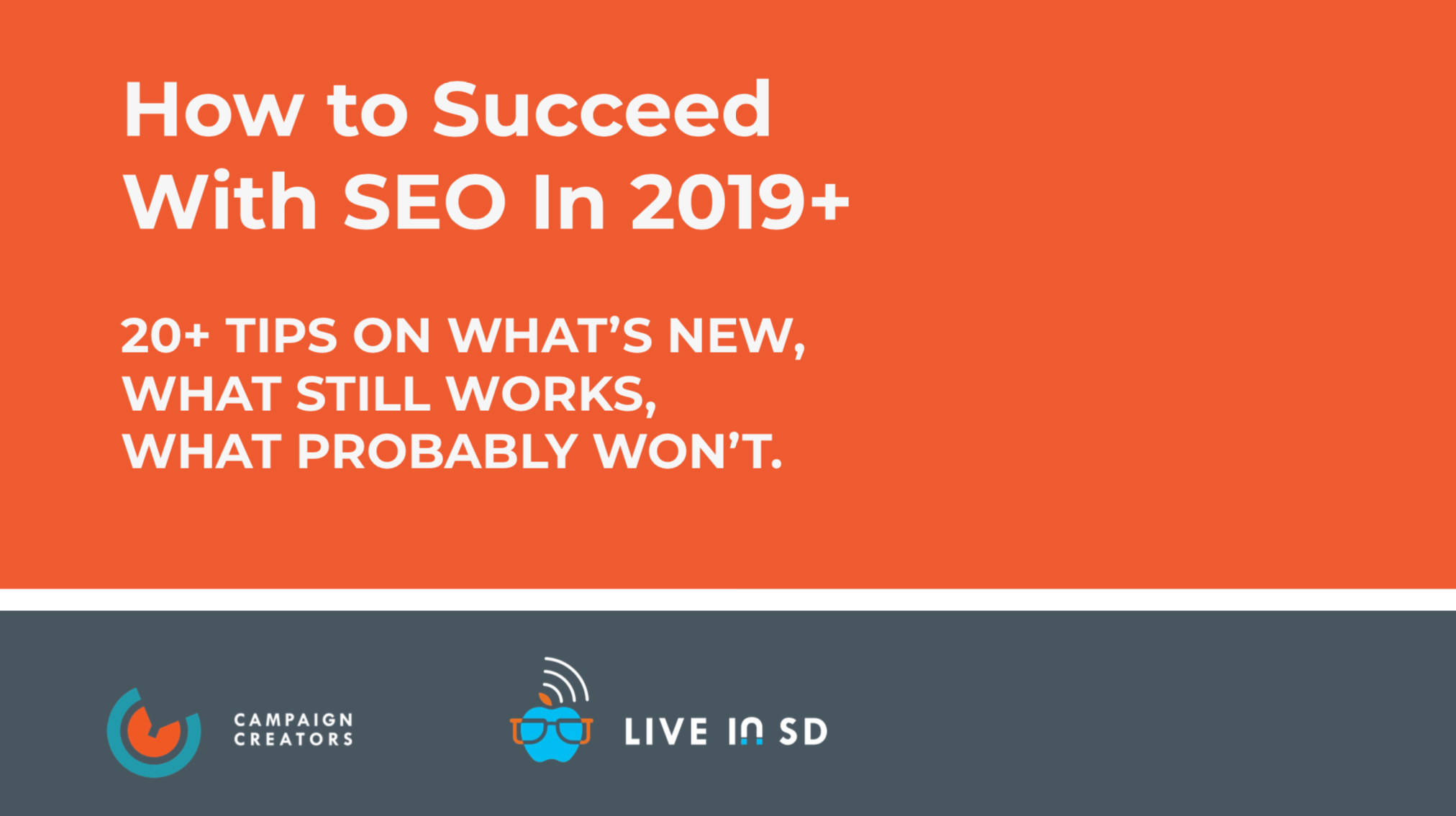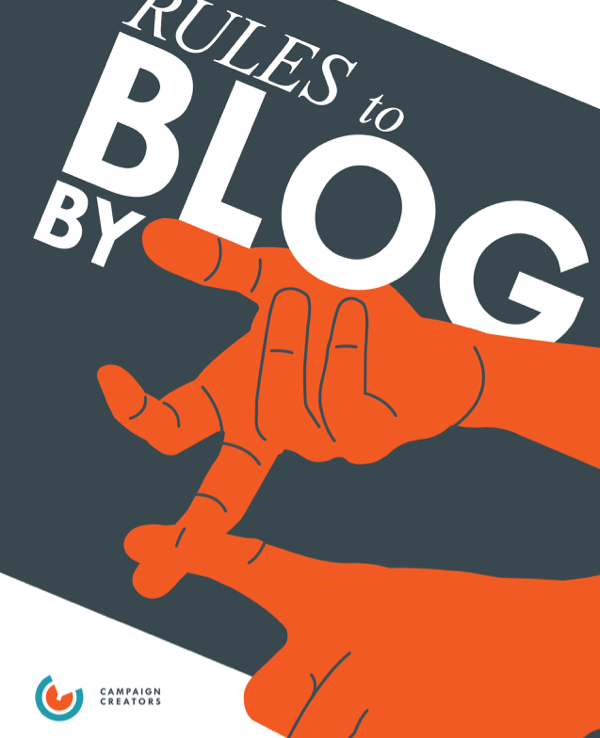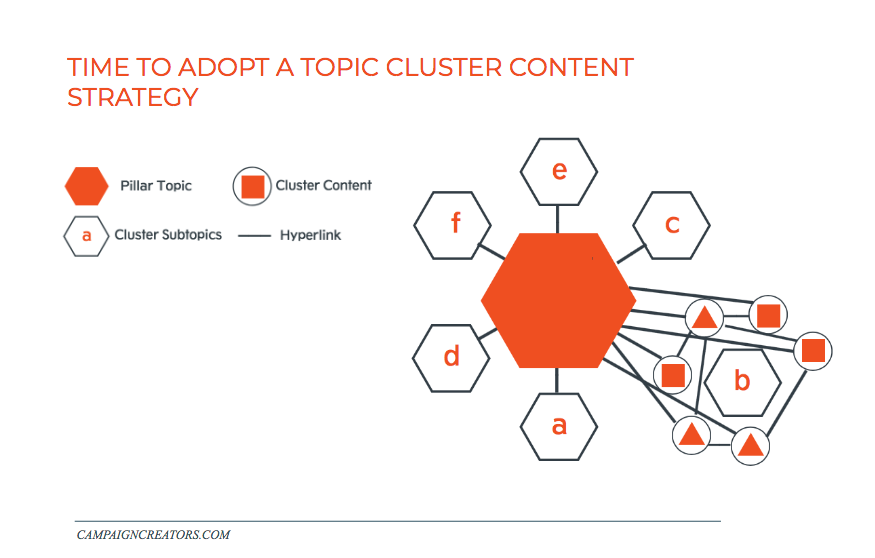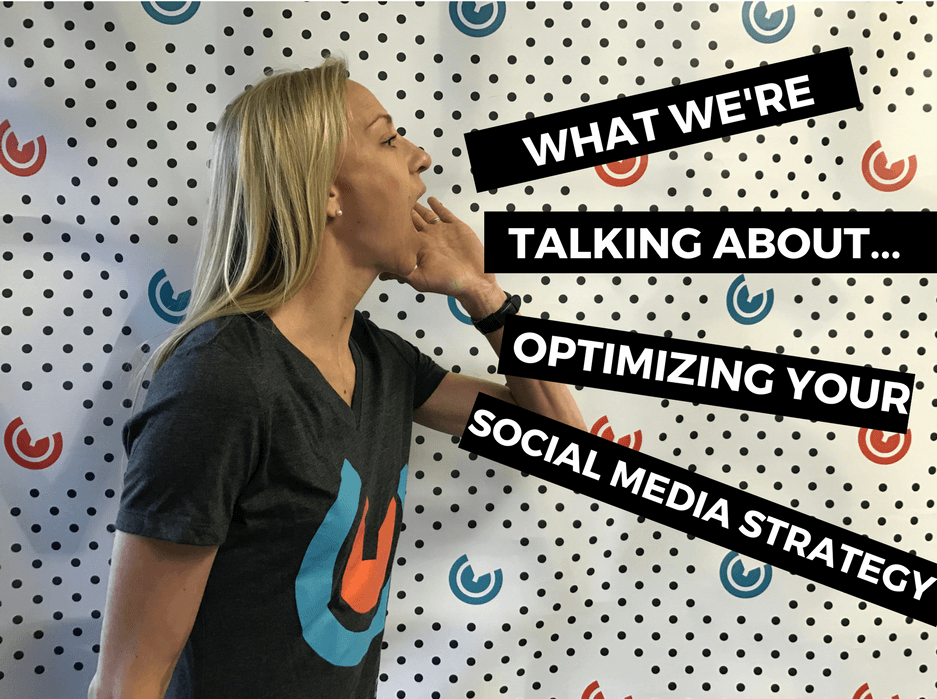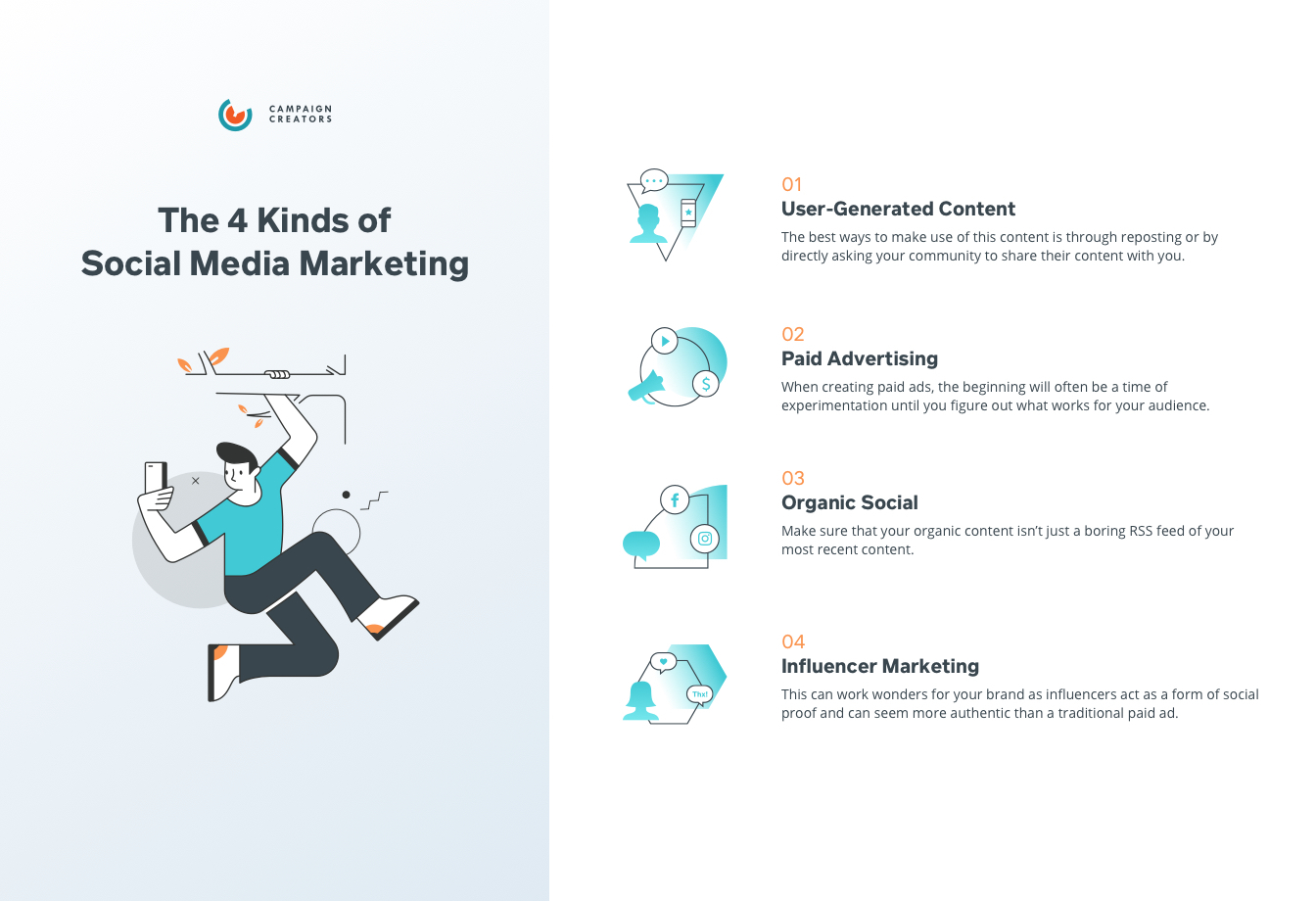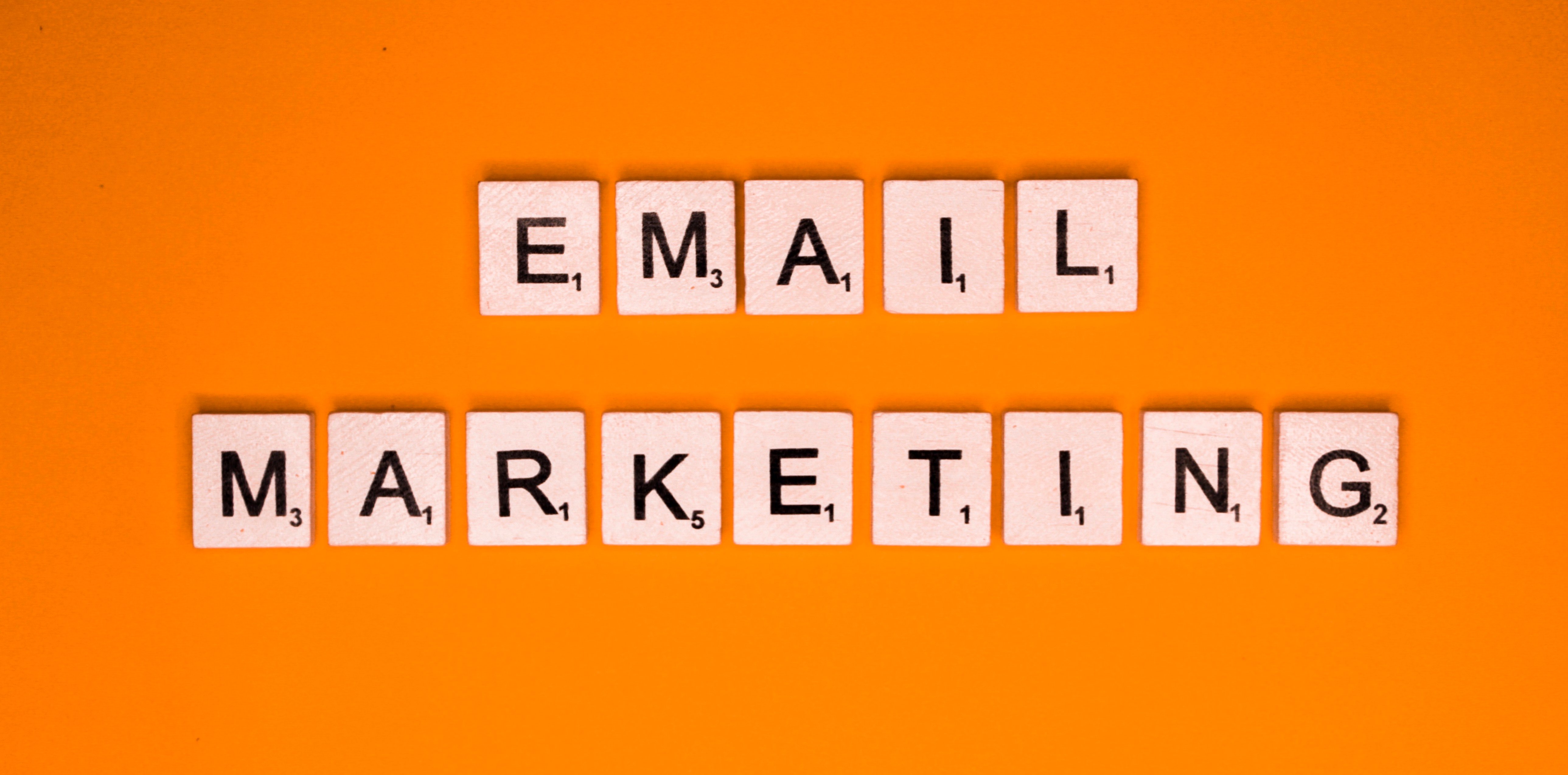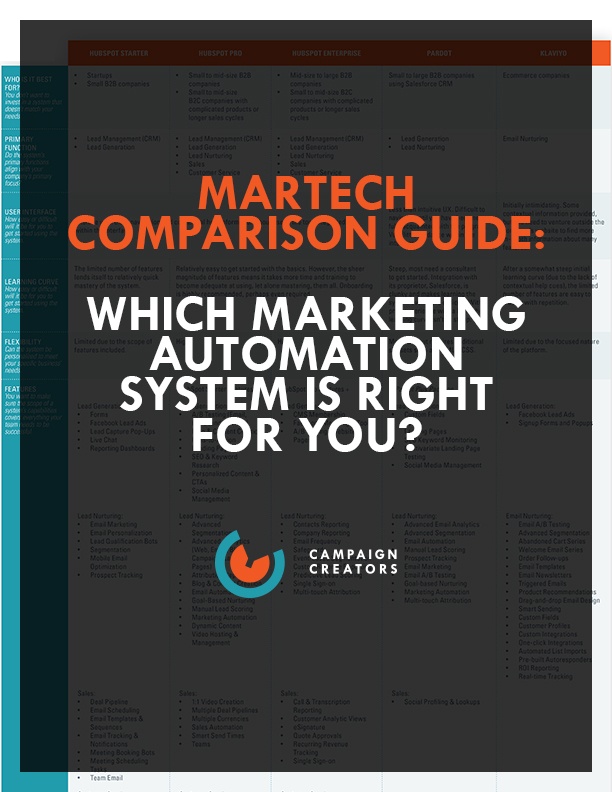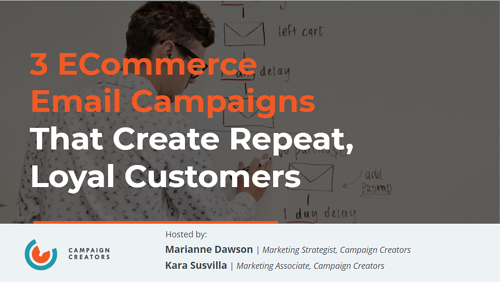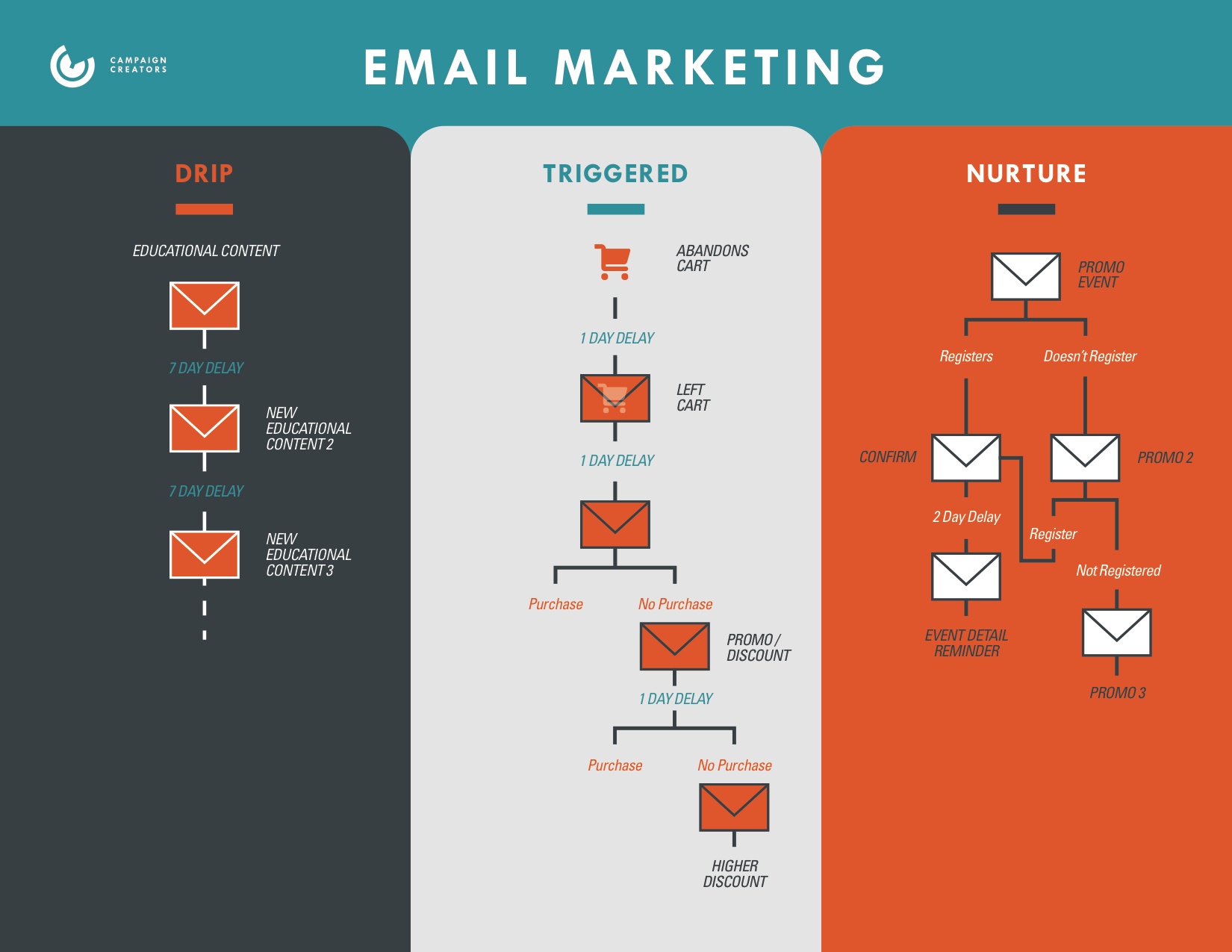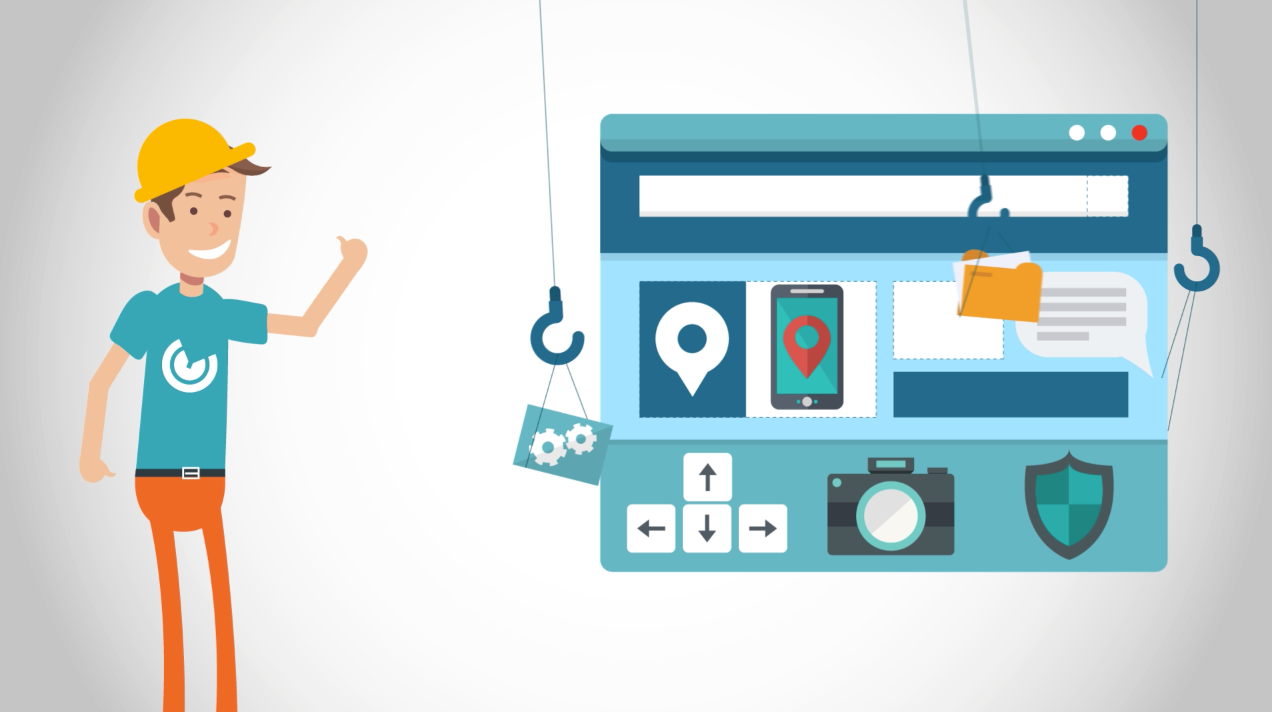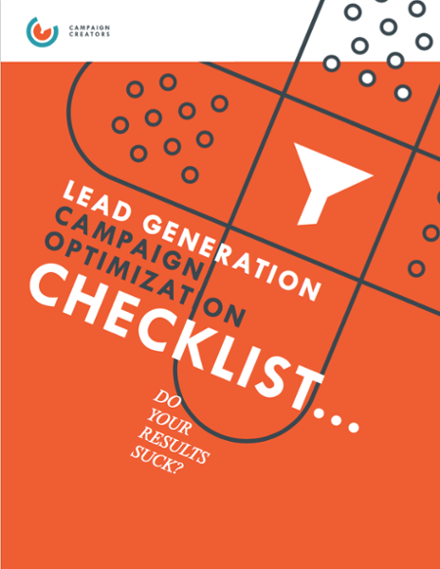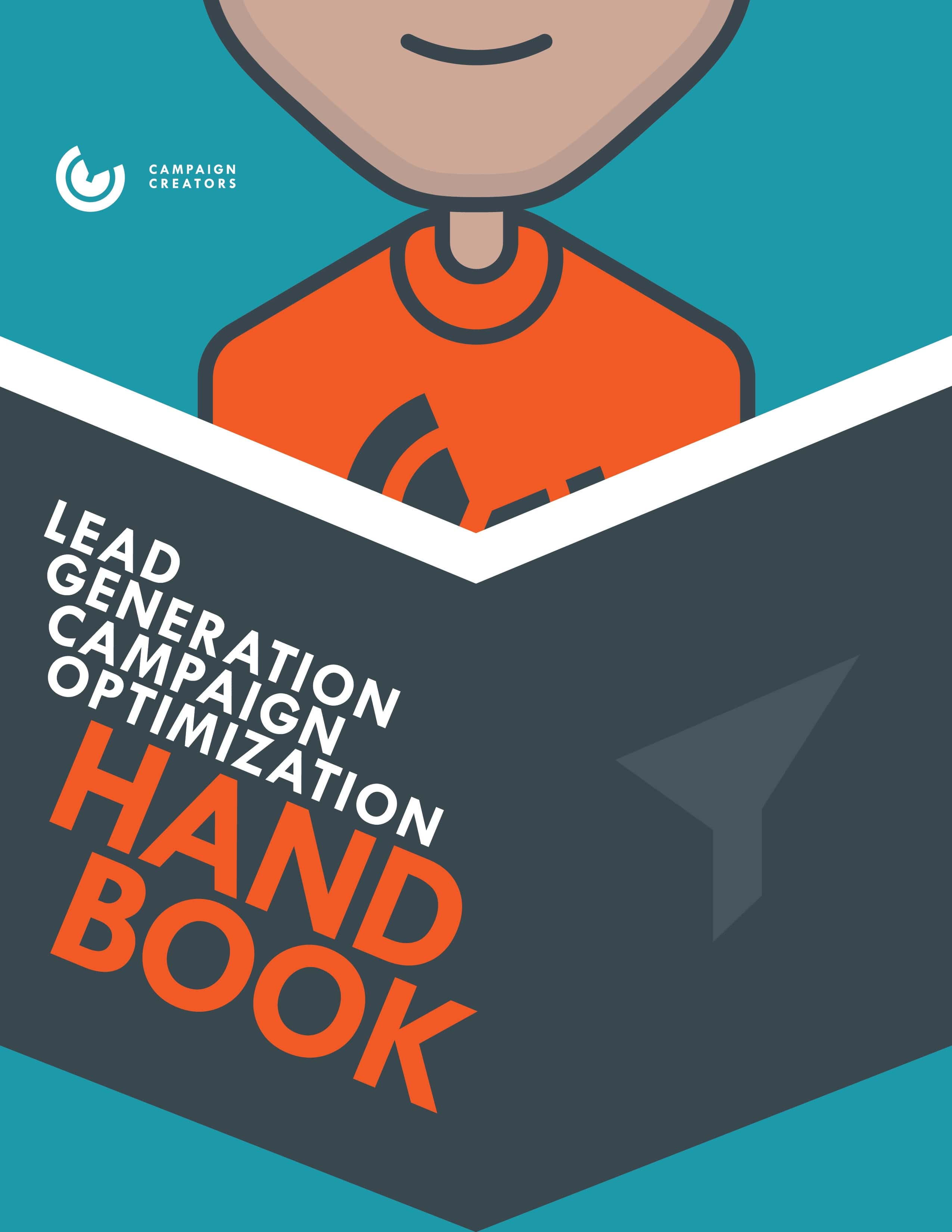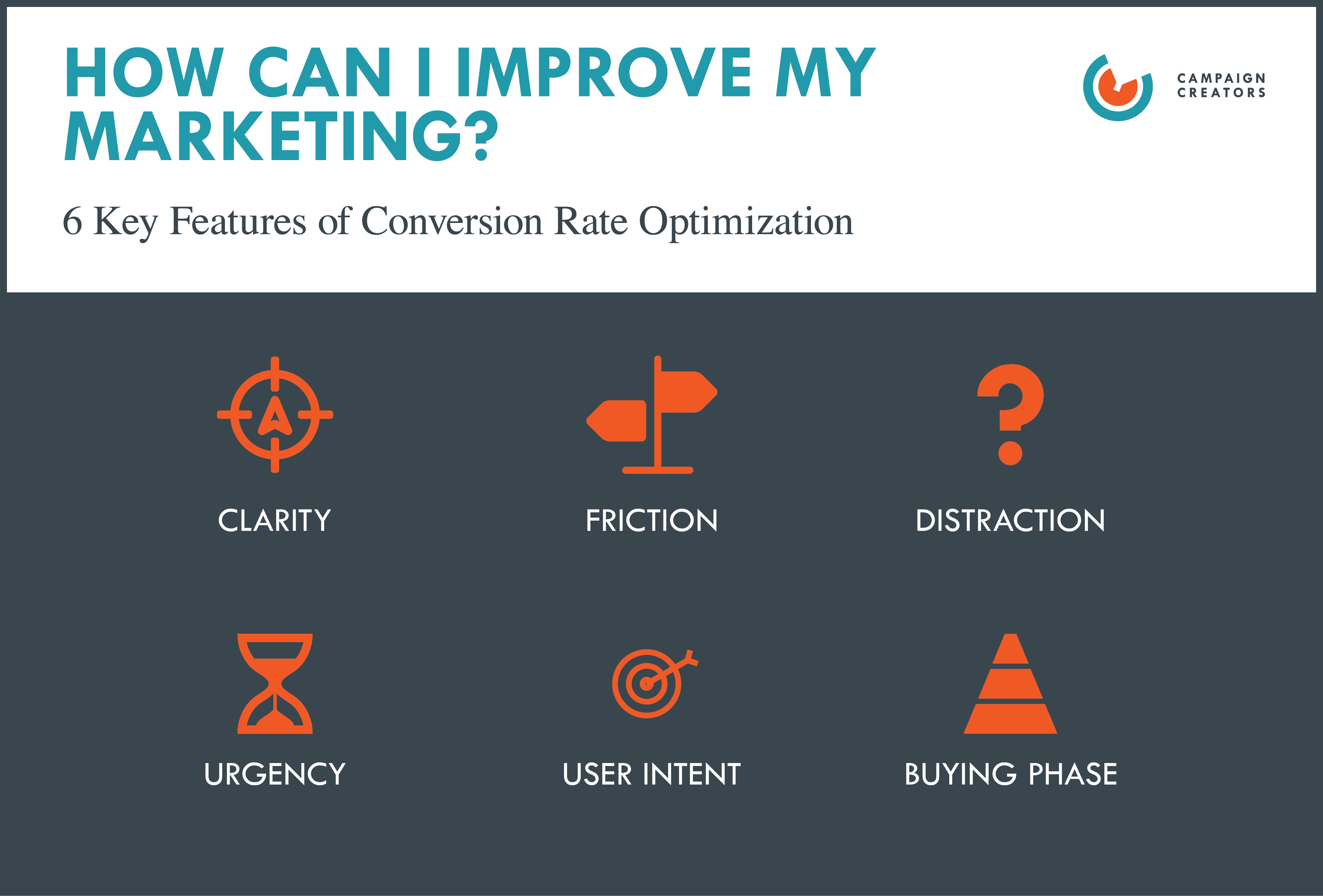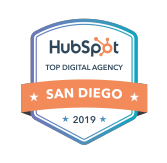Search Engine Optimization (SEO): Search engine optimization is the process of improving the quality and quantity of website traffic to a website or a web page from search engines.
Search Engine Marketing (SEM): Search engine marketing involves marketing campaigns like PPC, social media marketing, email marketing and more, to market your business.
Search Engine Results Page (SERP): Search engine marketing is a form of Internet marketing that involves the promotion of websites by increasing their visibility in search engine results pages primarily through paid advertising.
Local SEO: Local search engine optimization is the process of improving and optimizing your website to attract customers in a specific (local) geographical area.
Anchor text: This is the visible words that hyperlinks display when linking to another document or location on the web. You can use specific keywords on a web page as anchor text, and hyperlink them to another page or document.
Title tag: The title tag of a website is an HTML element that specifies the title of a web page. Title tags are displayed on search engine results pages (SERPs) and are important for usability and SEO.
Meta description: A meta description is an HTML element that describes and summarizes the contents of your page for the benefit of users and search engines. It tells search engines what your page is about, and it plays an important role in your overall SEO strategy.
Meta tags: Meta tags are also referred to as meta descriptions, and it tells search engines like Google, what your web page is about. Meta tags are often optimized with specific keywords to boost SEO.
Backlink: A link from one website to another. Getting backlinks from an authoritative website can improve the overall ranking and authority of your website.
Bounce rate: Bounce rate is used to analyze your website traffic. The bounce rate represents the number of visitors who enters your site and then immediately leaves, instead of clicking to another page. Your bounce rate should be as low as possible.
Broken link: Broken links refer to links on a web page that no longer works. This can be the result of a page that has moved, or is no longer available.
Alt text: Alt attributes or alternative text, is the text used to describe an image on your website. It tells search engines what the image is about so it can help to improve your SEO.
Crawl: The process that search engines use to discover and index your website. A search engine like Google will ‘crawl’ your website to get information about your pages and what your website is about, to list your website in its search engine results pages (SERPs).
Crawl error: An error that prevents a search engine from crawling your website. An example would be where the server takes too long to show the page, or a URL on your page is broken or no longer valid.
Do-follow: Dofollow links refer to an HTML attribute used to allow search engine crawlers (or bots) to follow the links. If a webmaster is linking to your site with a dofollow link, search engine bots and people can follow you.
Domain Authority: This is a ranking metric that was developed by Moz.com, to predict how likely your website is to rank on search engine results pages (SERPs). The higher your DA, the more likely your website will show up on search engine results and be seen as an authoritative website.
Featured Snippet: Search results that are featured on top of Google's organic results below the ads in a box. Featured snippets aim at answering the user's question right away.
HTTP/HTTPS: Hypertext Transfer Protocol (HTTP) is a protocol used to communicate over the internet. HTTPS protocol is an extension of HTTP. That “S” in the abbreviation comes from the word secure.
Informational Architecture: Informational architecture focuses on organizing, structuring, and labeling content in an effective and sustainable way. The goal is to help users find information and complete tasks.
Internal Link: An internal link refers to a link to another web page on your website. Internal links to not direct traffic away from your website, but rather to another one of your pages.
External Link: An external link is a link that goes to another website. You can have external links that direct users to other, relevant websites, and this is often used to provide more information to readers, or to link to another resource.
Keyword: A keyword is a word or phrase that describes the main topic of a page or a website. You can use keywords to tell search engines what the content on a page is about and to try and rank your website higher in search engine results when users search for that specific keyword or phrase.
Keyword Research: Keyword research is a practice search engine optimization professionals use to find and research search terms that users enter into search engines when looking for products, services or general information.
Content Cluster: Content clusters are a concept in SEO that refers to grouping specific topics or pages together in a ‘cluster’. A content cluster uses topic modeling and internal linking to improve the user experience of your content and boost your search performance.
Pillar Page: A pillar page is the basis on which a topic cluster is built. A pillar page covers all aspects of the topic on a single page, with room to expand on the topic - usually done with sub-pages.

